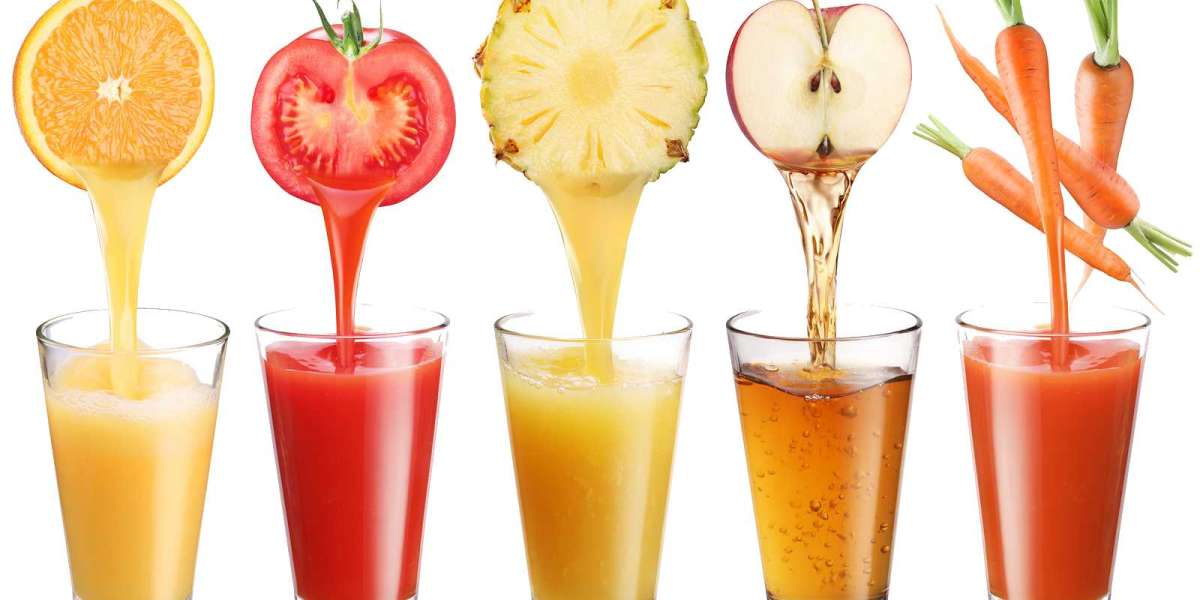Courtesy of Healthline June 2021 article
Foraging: A Guide to Wild Food
Foraging is the ancient art of finding wild food for free, a skill that our ancestors relied on for survival and nutrition. Foraging, or searching for wild food, has also surged in popularity, especially among those interested in eating more sustainably. Although you may think that foraging can only take place in wild areas like forests, it’s possible in urban environments, such as cities, as well. That’s because even the most urban settings have green spaces, including parks and yards, where wild edibles can grow. In rural places and wilderness areas, edible plants like mushrooms, berries, and greens abound.
You may be interested in foraging for a variety of reasons, including recreation, feeling closer to nature, or the health benefits associated with eating locally foraged foods, and recognizing edible foods during an emergency
What foods can you find while foraging?
Foragers often seek any number of wild edibles. Some concentrate on finding specific foods like mushrooms, while others collect any wild edibles available in their area.
Here are some of the most common foods targeted by foraging enthusiasts.
Mushrooms
Mushrooms are extremely popular among foragers.
Many wild mushrooms are safe to consume and highly nutritious, including hen-of-the-woods, also called maitake (Grifola frondosa), and oyster mushrooms (Pleurotus ostreatus) (2Trusted Source, 3Trusted Source).
Foraging for mushrooms requires an in-depth knowledge of mushroom identification, as many poisonous wild species are easily mistaken for edible varieties. Thus, it’s essential to forage for mushrooms with an expert forager who can safely identify edible types.
Greens
Edible greens are abundant in the wild and may even grow in your own backyard. In fact, what some people consider weeds are wild greens that you can incorporate into delicious dishes (1Trusted Source).
Wild lettuce, mallow, dandelion greens, sweet fennel, plantain, purslane, lamb’s quarters, and chickweed are just a few wild greens that you can eat (1Trusted Source).
Notably, wild greens are rich in many nutrients.
One study that tested wild greens foraged in California found that 1 cup of dock (Rumex crispus) exceeded the recommended adult intake for vitamin A, while 1 cup of mallow (Malva sylvestris) packed 27% more calcium than the same amount of whole milk (1Trusted Source).
The study also showed that, with the exception of vitamin C, the wild greens tested were generally more nutritious than kale (1Trusted Source).
Berries and fruits
You can find berries and other wild fruits like pawpaws and grapes in many areas of the United States.
Blackberries, raspberries, blueberries, cloudberries, cranberries, bilberries, currants, lingonberries, bearberries, and crowberries are just some of the berries that grow in the wild.
Studies note that wild berries and other forageable wild fruits are exceptionally nutritious, containing a variety of anti-inflammatory compounds and antioxidants that may benefit your health (4Trusted Source, 5Trusted Source).
Other commonly foraged foods
Although mushrooms, berries, other fruits, and greens are among the most popular foraged foods, you can gather and eat a variety of other wild edibles. Roots, nuts, seeds, and even shellfish are forageable in the wild, depending on where you live.
Shellfish like clams and mussels are an excellent source of many nutrients and can be collected in certain coastal areas.
What’s more, many foragers collect wild onions, as well as the roots of burdock, chicory, and dandelion. These nutrient-rich roots can be added to a variety of dishes.
Some foragers also love to collect nuts and seeds like walnuts, pecans, acorns, and pine nuts.
Before you start foraging, it’s essential to learn about the wild edibles in your area and educate yourself on foraging safety and etiquette. Although this hobby can be enjoyable and rewarding, there are several dangers involved.
Poisonous lookalikes
As mentioned above, if you’re looking for wild edibles that have poisonous or inedible lookalikes, such as berries or mushrooms, it’s important to always forage with someone who’s experienced in identifying wild edibles.
Misidentification of wild edibles may lead to severe illness and even death if you ingest poisonous plants, berries, or fungi (6Trusted Source, 7Trusted Source, 8Trusted Source).
Even experienced foragers can make mistakes. In fact, the golden rule in the foraging community is the saying, “Don’t eat what you don’t know.” You can also keep in mind the saying, “Don’t munch on a hunch.”
Amateur and experienced foragers should be aware of the risks and always take the utmost precautions.
Risks in urban areas
Additionally, it’s important to know that some wild edibles in urban settings are unsafe to eat. For example, mushrooms that pop up alongside busy highways and greens growing in pesticide- or herbicide-treated areas should be left alone (9Trusted Source, 10Trusted Source, 11Trusted Source).
Interestingly, one study found that wild greens collected in industrial, mixed-use, and high traffic urban areas in California had levels of pesticides, herbicides, and polychlorinated biphenyls (PCBs) below detectable limits.
The study also showed that, after rinsing, even greens from soils high in heavy metals were safe to eat (1Trusted Source).
However, this doesn’t mean that all wild edibles growing in urban areas are safe. Regardless of where you foraged them, it’s important to thoroughly rinse wild edibles like greens before eating them to reduce the risk of chemical or heavy metal contamination.
Tips for beginning foragers
If you’re interested in foraging, it’s important to understand the risks and take time to learn about local wild edibles before going on your first foraging expedition.
Here are some tips for beginner foragers:
- Seek the help of an experienced forager. Beginners should pair up with an expert forager who can teach them about local wild edibles and poisonous lookalikes.
- Join a foraging club. Some regions have foraging clubs in which beginners and experienced foragers can meet and link up for group excursions.
- Read and study. Check out a beginner’s guidebook before your first excursion to learn about wild edible identification. Always bring an identification guide with you on foraging trips.
- Know off-limit spaces. Although numerous areas are open to foragers, many aren’t. It’s your responsibility to learn whether foraging is permitted in the places you want to go. Always ask permission to forage on private property.
- Be prepared. It’s essential to bring proper clothing, footwear, foraging tools, food, and water — especially if you’re foraging in wild areas.
- Be respectful. Always respect other foragers and the area in which you’re foraging. Be courteous, don’t litter, respect wildlife, and stay on trail where required. Remember that foraging isn’t permitted in some national parks and wildlife preserves.
- Don’t hog resources. When you’re foraging, remember to leave some resources for local wildlife. Animals often depend on wild edibles like berries, so you should take only what you need.
Finally, remember the golden rule of foraging: “Don’t eat what you don’t know.” If you aren’t 100% sure that a portion of food is safe, leave it alone.
#WellnessWednesday #foraging #healthy=wealthy #woniradio #jumpstartwithcpr
The More you know, the More you grow.














Adam Wayne Gistarb 51 w
Great article! Foraging is an activity that I really enjoy, it is a frequent activity that is part of my off-grid lifestyle. How often do you go out foraging?